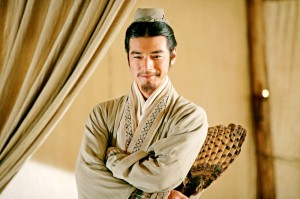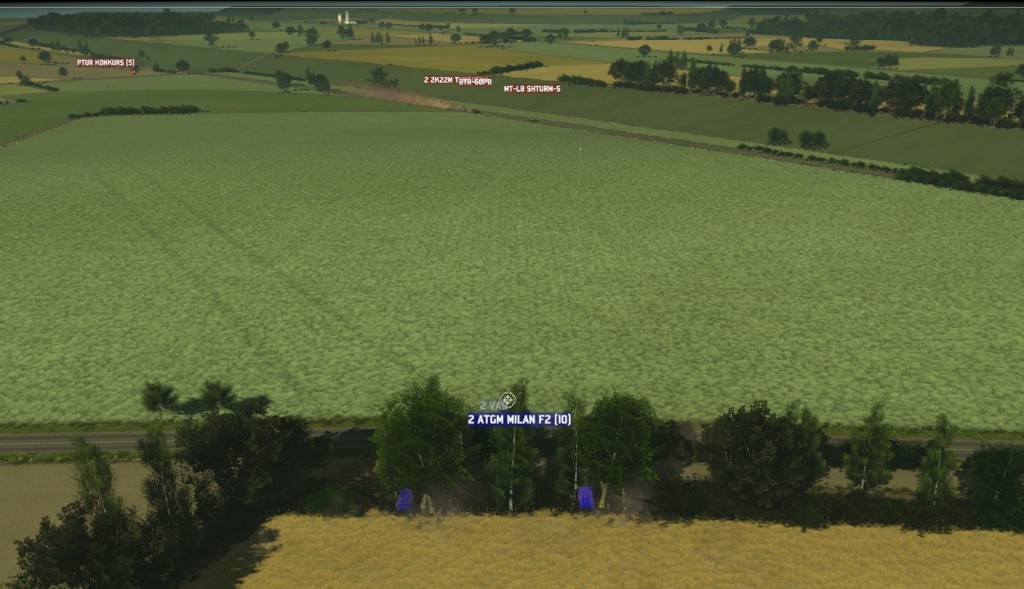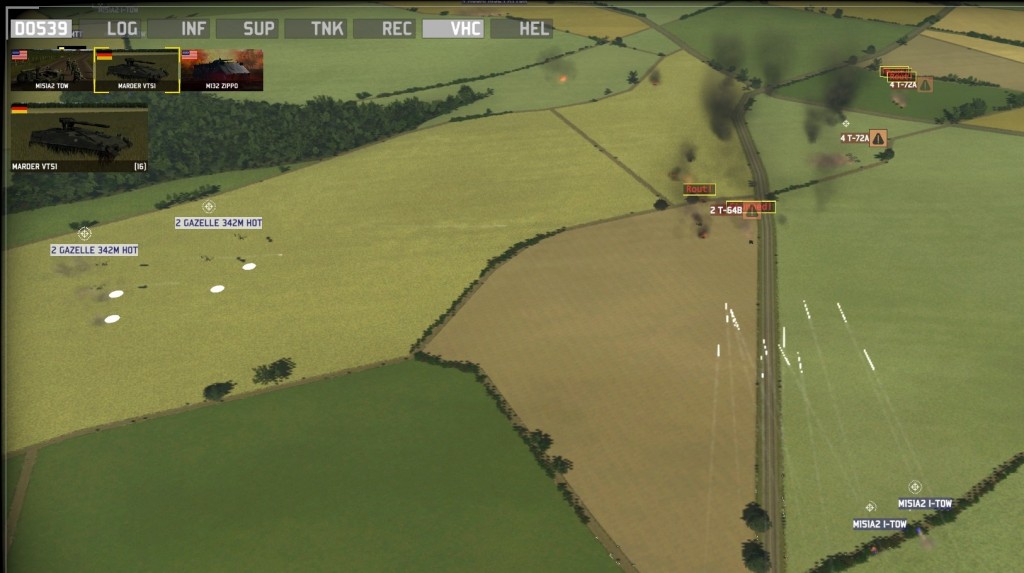- The Panzer General’s grandson: an introduction to Wargame: European Escalation
- Attack, defence, and the art of Wargame
- Wargame: European Escalation – The Verdict
- Wargame: European Escalation – 40% off sale & content patch
- What we know about Wargame: AirLand Battle
- Wargame: AirLand Battle: opening a box of virtual chocolates
- Wargame: AirLand Battle: right troops, right place, right time
- Let’s defend Scandinavia in Wargame: AirLand Battle! Part 1: Something Rotten in Denmark
- Let’s defend Scandinavia in Wargame: AirLand Battle! Part 2 (FINAL): Who Dares, Wins
- Wargame: AirLand Battle — The Verdict
- If your Wargame ain’t broke…
- The Beginner’s Guide to Wargame

It’s pretty clichéd to describe inventions – military, cybersecurity, maybe even medicine – as a race between offence and defence: I invent a weapon, you invent armour, I invent a bigger weapon. But that could almost sum up how my approach to Wargame has evolved. It’s not just that I’ve learned how to counter unit X, or how best to use unit Y. My overall strategy, the way I look at a map and lay my plans, has shifted: first from overly-aggressive to overly-defensive, and now hopefully to a happy medium.
This is how I learned.
1. Never believe everything you read on the internet

Internet forum threads made multiplayer mode sound so easy. Most players are careless, the forumites boasted. They don’t guard their backs with anti-aircraft units, they’re heedless of the dangers that can lurk in forests. All I had to do was:
i. Fly over a few Black Hawks, loaded with the toughest troops money can buy.
ii. Drop off my men in forests near enemy HQs.
iii. Laugh as they roll over unsuspecting targets.
Why learn the intricacies of commanding tanks, infantry, artillery? Chop off the head (eliminate all of a team’s command units) and the body dies (that team loses the game). It worked against the computer, when I tried it once! The war would be over by Christmas!
As it turned out, most players were not that careless. Anti-aircraft fire swatted away helicopters that flew too close, and a few tanks or flamethrowers could usually swat away commando raids. Meanwhile, I found myself regularly outplayed in the nuts-and-bolts ground war.
2. The art of defence; or, David vs Goliath

Out went the tactical gimmicks, which sounded so good on paper and were so easily countered by simple precautions. In came a focus on learning the basics of the game – down to defending against frontal assaults. Since I usually play Nato, this meant “how not to be overrun by cheap, powerful, abundant Eastern Bloc tanks.”
This was when I learned the value of cheap anti-tank missiles, carried by infantry (as in the above screenshot), or as in the screenshot below, jeeps and French Gazelle helicopters.

Cost of a jeep with an I-TOW missile launcher: 25 deployment points
Cost of a Gazelle with HOT missiles: 45 points
Cost of a high-end Soviet tank, such as those they demolished: 60 to 110 points
Satisfaction of gutting the enemy assault: Priceless
True, in this case, the opposing team had played exceptionally poorly, driving tanks down a highway with no recon; no anti-aircraft support (this had been left in the next village over, where it was completely useless); and inaccurate and mis-targeted artillery. But a victory was a victory!
3. The last argument of kings
Find good defensive position, dig in with infantry and jeeps with anti-tank missiles, support with other units as needed, massacre attackers. Win?

The above screenshot shows my troops being rocketed by one of the most powerful artillery units in the game, the Soviet Smerch. It wasn’t quite as devastating as it looks: my column was on the move, and many of my units (e.g. the tanks) were armoured. But infantry and jeeps with anti-tank missiles are not armoured. And if they’re in a defensive position – i.e. not moving – that leaves them frightfully vulnerable to well-aimed artillery. Guess what I encountered more and more often?
Clearly, finding one spot to turtle was not the answer.
4. The art of attack; or, know thy battlespace
Around the same time I realised I was placing too much emphasis on defence and not enough on manoeuvre, I watched a Youtube replay of a match between top-10 players. The contrast could not have been more stark. These guys made full use of the large map: they spread out their troops, they sent out raiding parties, they tried to flank each other using side roads, they were proactive.
Back to the tactical drawing board I went. It was time I rediscovered the offensive – or, to be precise, time I learned how to balance offence and defence. Time I moved freely instead of pinning myself down; time I learned to strike along one front while defending along another. And to my frequent joy, I discovered that while most players know to watch their backs against aircraft, only the better ones seem to watch their flanks.

The transition wasn’t instant. In my first ranked battle, I crushed my opponent with a small but powerful flanking force of tanks supported by an infantry-heavy anvil*. Soon afterwards, in the exact same forest on the exact same map, I focused too much on the anvil only to have the enemy blast it to bits. One match exemplified this – I pushed ahead with scouts, realised the other team had left their entire flank open, and bulldozed their artillery – and while our team lost by a hair, we might just have won if I’d brought more tanks (good on attack and defence) and fewer infantry (best on defence).
But the trend was there. And it reached its most satisfying point in the last match I played, the source of that Smerch screenshot above. The other team brought enough artillery to blot out the sun, enough to wipe me out if I’d turtled.
I did not turtle.

When that Smerch barrage came in, my armoured column was already halfway to the other team’s artillery. My soldiers regrouped; drove on. And once they arrived, revenge was sweet. The battle wasn’t the pushover I’d hoped: the other team called in more and more tanks to defend. But slowly, surely, it went my way. When my first wave went up in flames, my second wave picked up the slack. The enemy reinforcements slowed to a trickle. And my third wave started rolling in. Our team’s score had been well behind the enemy; now it leapt up and up. We fired the last shot, and when the match finished, we were ahead in points.
The game called it a draw, but I know who really won.
* I won despite accidentally buying the wrong infantry unit to support my tanks in the “hammer”!
Discover more from Matchsticks for my Eyes
Subscribe to get the latest posts sent to your email.